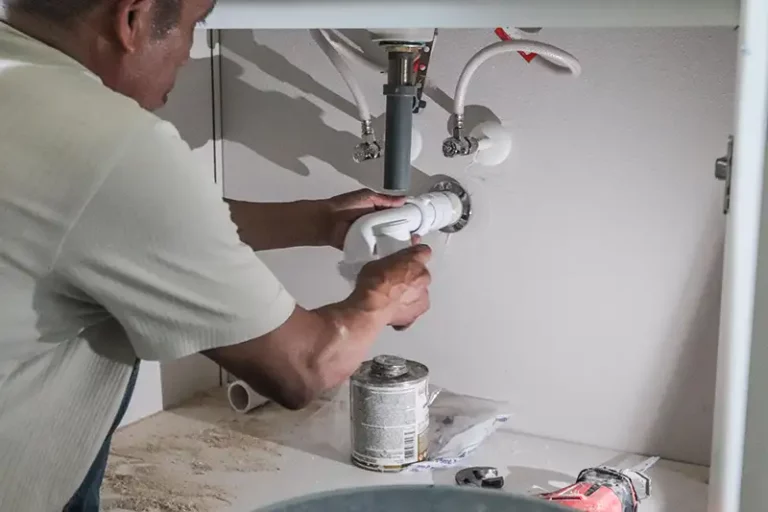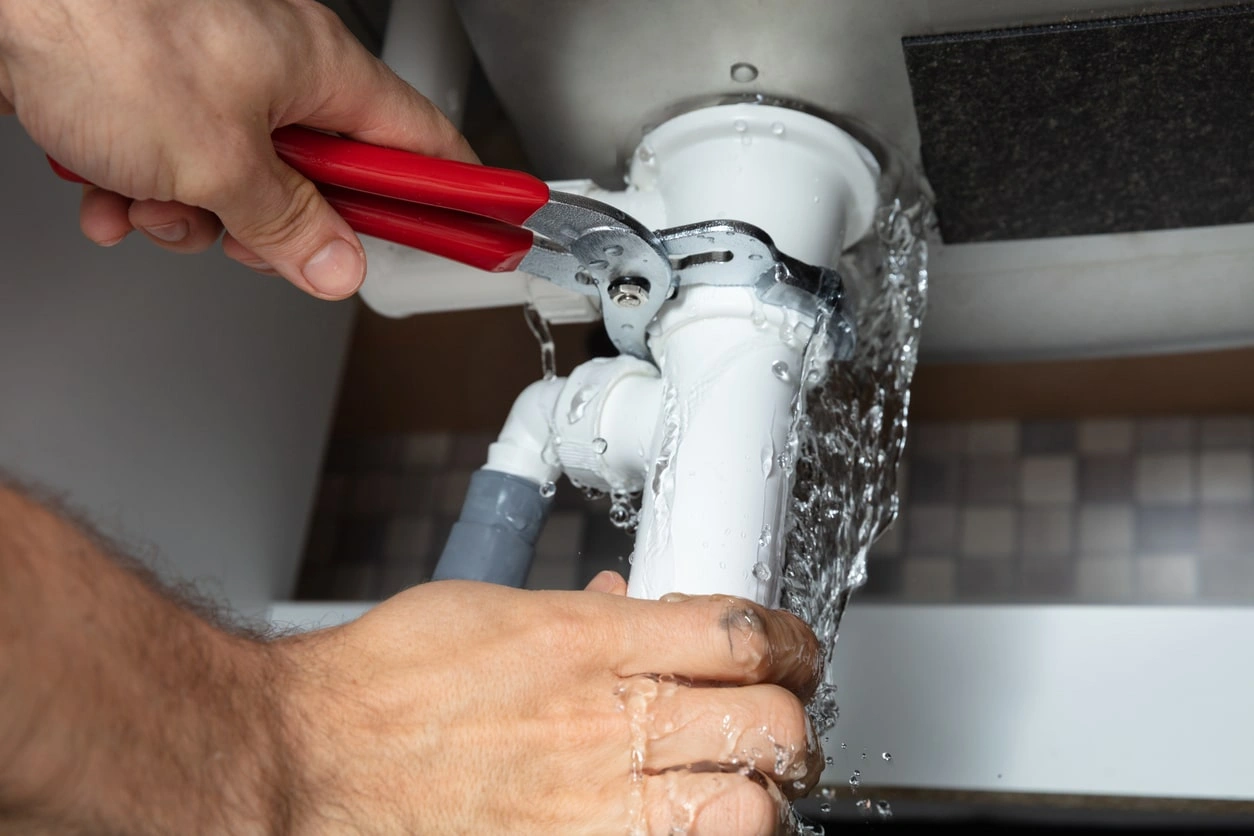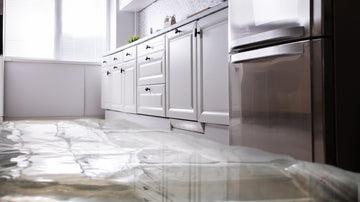In today's fast-paced and industrialized world, ensuring safety is more crucial than ever. An emergency leak shutoff system is essential for safeguarding facilities. These systems are designed to promptly detect and respond to leaks, preventing catastrophic outcomes. For industry QA professionals, comprehending the nuances of these systems is vital to maintaining safety and ensuring compliance with regulatory standards.

How Does an Emergency Leak Shutoff System Work?
At its core, an emergency leak shutoff system comprises sensors, valves, and a central control unit. Sensors are strategically placed at vulnerable points where leaks are most likely to occur. When a potential leak is detected, these sensors alert the central control unit, which then automatically triggers the shutoff valves to prevent further leakage. This proactive approach minimizes damage and reduces risk to personnel and machinery.
If you're curious about similar technologies, our pipe burst detection insights delve into more advanced systems.
The Importance of Rapid Response in Industry
Industries are vulnerable to various types of leaks, from gases to hazardous liquids. A swift and decisive response from an emergency leak shutoff system can mean the difference between a contained incident and a full-blown disaster. For QA professionals, ensuring these systems are functioning optimally involves regular maintenance and routine drills.
Understanding the principles behind these systems, much like those discussed in our flood detection device article, aids in formulating effective emergency response protocols.
Key Features Every System Must Have
Automation and Smart Controls
The modern emergency leak shutoff system integrates smart technology for enhanced efficiency. These systems can be controlled remotely, offering industry professionals the flexibility to manage and monitor systems without being physically present. Insight into smart integrations can be explored in our commercial water leak detector piece.
Durability and Reliability
An emergency leak shutoff system must be robust, capable of withstanding harsh environmental conditions and maintaining functionality over time. Ensuring each component within the system is of the highest quality is critical.
Preventive Maintenance and Testing
Regular testing and maintenance are imperative to confirm that each element of the system is working as intended. QA specialists often refer to these practices as outlined in our insurance-approved leak detector guidelines.
Potential Challenges and Considerations
Implementing an emergency leak shutoff system presents unique challenges. These include initial installation costs, integrating with existing infrastructure, and ensuring staff are adequately trained to respond to system alerts. Furthermore, selecting the right system tailored to your industry's specific needs is vital. Tips on overcoming these challenges are found in these insights.
Future Trends in Leak Detection
The evolution of technology continues to reshape leak detection methods. Emerging trends point towards increased use of AI and IoT to enhance system responsiveness and data analytics for predictive maintenance. For forward-thinking QA professionals, staying informed on these advancements is essential.

FAQ
What industries benefit the most from emergency leak shutoff systems?
Industries dealing with hazardous materials, such as petrochemicals, pharmaceuticals, and heavy manufacturing, find significant advantages in implementing these systems.
Can these systems be integrated into legacy infrastructure?
Yes, many manufacturers design systems that can be adapted to fit existing infrastructure. However, professional assessment is recommended to ensure seamless integration.
How often should these systems be tested?
Routine testing is recommended at least every quarter. However, system checks should be more frequent in facilities with high-risk profiles.






